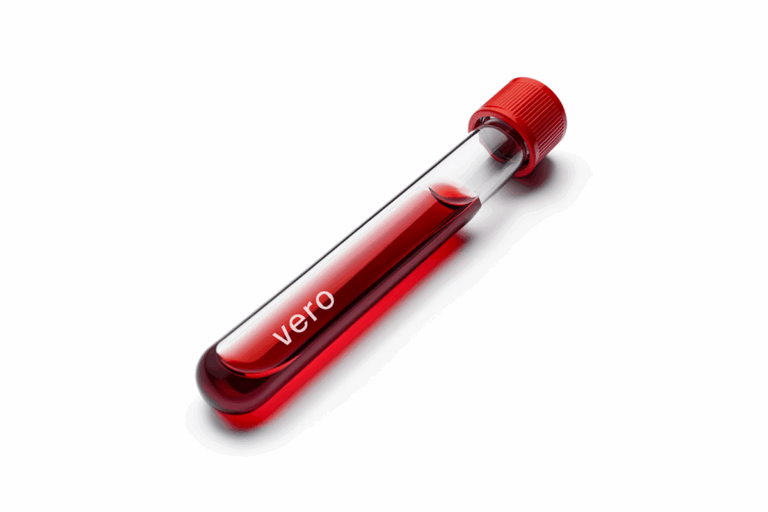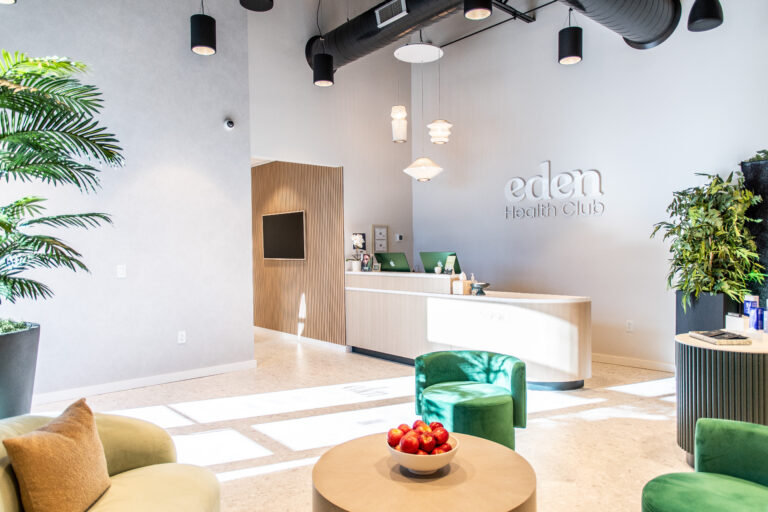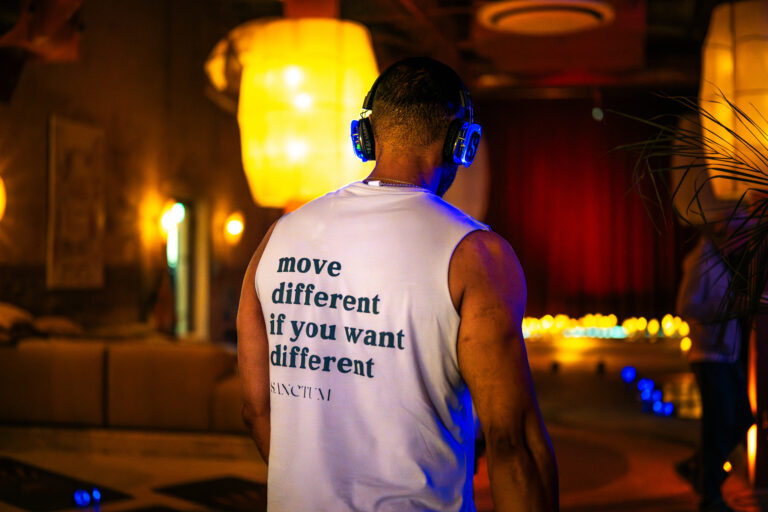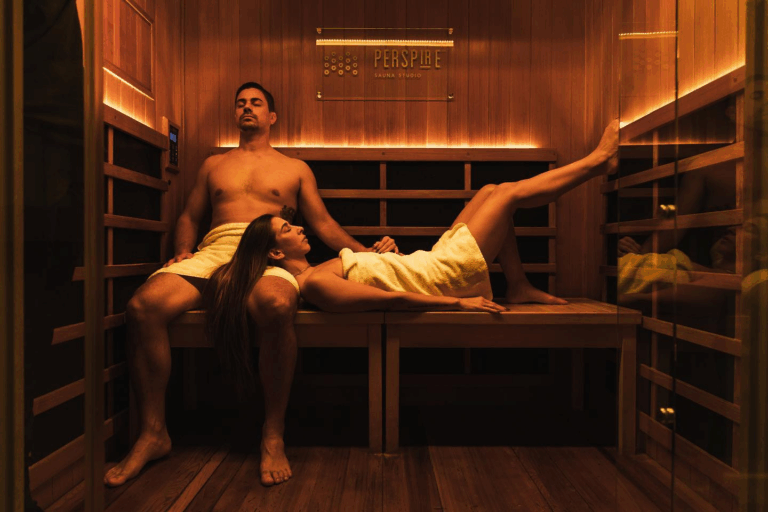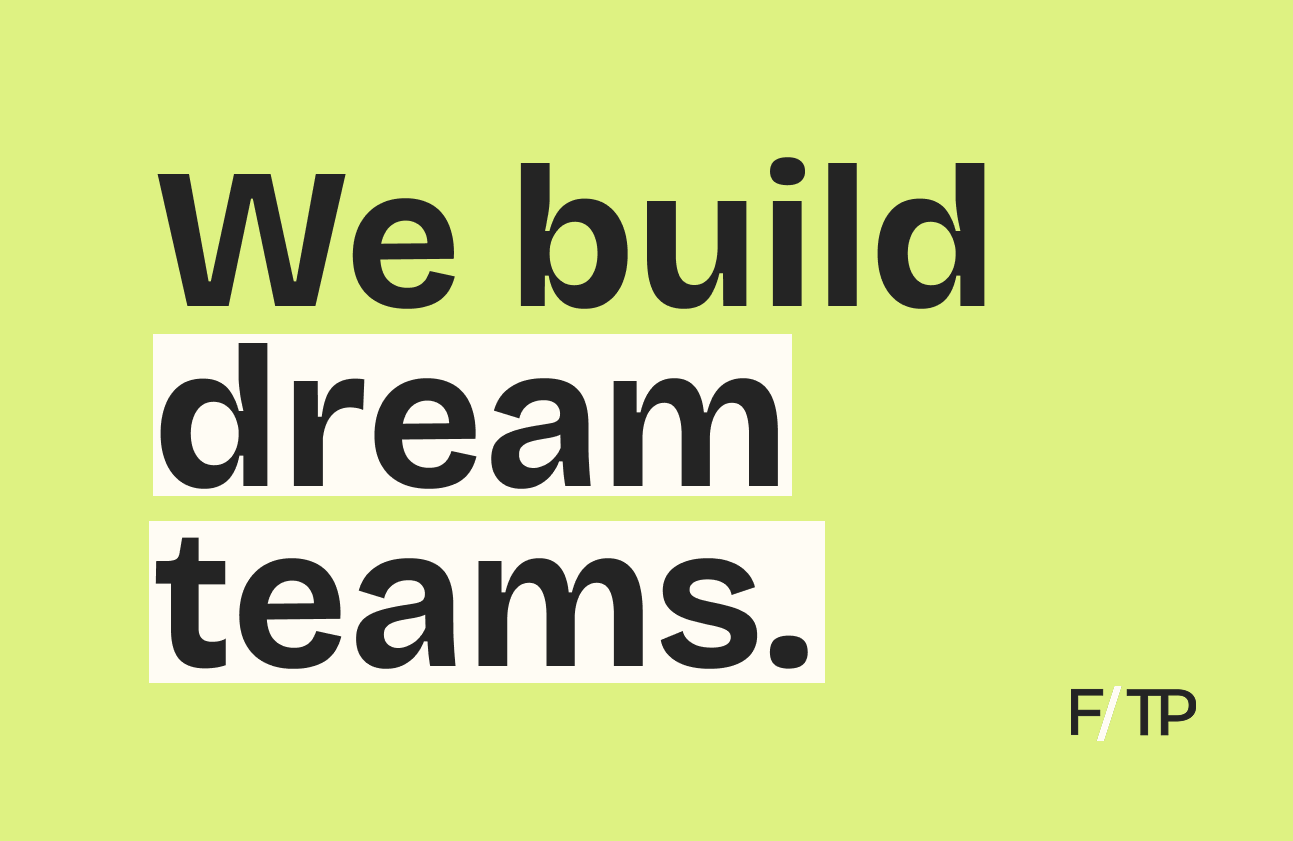Startup Q&A is an interview series showcasing early-stage health, fitness, and wellness companies.
In this Q&A, we had a conversation with Hélène Guillaume Pabis, CEO and founder of Wild.AI, a science-backed training app designed for women. Hélène discusses the misconceptions around a woman’s body, developing a female-focused solution in an industry that prioritizes men, and how data is unlocking female performance.
Can you tell us about what you’re working on at Wild.AI?
Hélène Guillaume Pabis: Wild.AI has done extensive research on what a womxn is, studying what the female body needs and when. We translate this research into our app, helping womxn track, train, eat, and recover, with their physiology—whether they menstruate, use birth control, or are in perimenopause or menopause—as a guide to overall performance.
While all products, apps, and wearables seem to serve men well, Wild.AI interprets data through a female lens. Your readiness score is calculated by the combination of your wearable data (like Oura, Garmin, or Fitbit) and daily subjective check-ins (symptoms, stress, periods, etc.).
As an example, if your body temperature goes up, as a man, it could mean you are sick. As a woman, it may mean you ovulate (optimal moment of the cycle to hit high intensity, which is the opposite signal than a man’s data), you’re pregnant, or have perimenopausal symptoms.
Some wearables have added “period-toggle” selection for their tracking, but it seems to be mostly marketing driven rather than aiming at actually serving womxn. Context is crucial to be able to serve women properly. That’s why Wild.AI provides daily adaptive and personalized recommendations that take your daily context into account and changes with you, effectively acting as human data-scientist, a coach, and a nutritionist.
Wild.AI also has an instructor interface that onboards coaches on the science of our platform. Coaches then can use the platform to train their female clients, seeing where each of them is in their cycle or with their symptoms and prescribing the training, nutrition, and recovery recommendations for each of them.
How did you come up with the idea? What key insight led you to pursue this opportunity?
HGP: Growing up as a “tomboy”—or in French, un “garçon manqué,” meaning a failed boy—I didn’t like the coined terms assigned to girls and women. I found it insulting that women were “moody and bitchy” or complicated. The worst was that somehow my body was a sub-efficient version of men’s, the holy grail.
Today, 80% of medical research is still done exclusively on males — and when it comes to sports, it’s worse: only 6% of budgets go to women, who make up 50% of the population. This would be okay if women’s bodies were a shrunken version of men’s. However, as our founding partner Dr. Stacy Sims likes to say, “women are not men!” and it’s a false belief that women don’t participate in sports.
However, women’s bodies are incredible, fine-tuned machines, not fragile little beings. For instance, in ultra-endurance, women outperform men in 250-plus-mile ultra-marathons and 10-plus-kilometer marathon swims. We’ve learned that women take longer to adapt in extreme environments, but then become more adaptable.
Another misconception, it is still common belief that “losing your period” as an active woman is normal, but it’s actually a sign of low energy availability that can lead to RED-S and decreased bone density. Basically, instead of reaching peak athletic performance, it’s an indicator of being unhealthy.
All this to say, we are still in the infancy of understanding the power of this body.
How did you turn your idea into a company?
HGP: Our company is heavy on research, so for the longest time, we were operating under the radar while iterating on the product with 50 members, as guided by our CPO, who had previously been the co-founder of Clue, the company that invented the word “femtech.”
Seeing other companies gaining a lot of users, it was very tempting to get out of the shadows, but we maintained our strategy, which ultimately paid off. Once we hit product-market fit, it was the right time to see if the product also was loved by more than 50 beta superusers. Would it be true for 100, 1K, or 20K members?
We ran an invite-only process, reaching small communities in our direct network by asking our members to invite one woman they thought would be the most interested. We also reached out manually on Instagram to women fitting our profile — starting with triathletes who use a wearable.
We released the app in January 2021, and have reached 25k members in the time since by solely word of mouth, with no money spent on acquisition.
We’re now at a pivotal point where we can accelerate—to reach 100K, then 1M members—while keeping very high engagement and retention numbers.
How big can this get? What’s the addressable market and how do you go about capturing it?
HGP: As insane as it sounds, because all wearable products out there still cater to men, our aim is to be able to serve women of all ages, life stages, and ethnicity who want to perform.
Similar to Oura or WHOOP, we start with the top of the pyramid: We currently have Olympians all the way down to women who exercise twice a week.
Some women view us as a premium product — and it is in the sense that everything we say is science-backed and we serve the highest-quality recommendations to women. But we want to democratize access to our research so that there are no more girls and women that misunderstand their bodies.
Who is the core customer? How are you acquiring customers? And how will you grow the customer base?
HGP: Our core member today is a 27–45-year-old woman in the US exercising four times a week and using a wearable. She’s not happy with the current solutions offered to her: When she has “menstrual pains,” she’s advised to take pain killers; if she has a late period, it’s not considered health-related; she hears contraceptives might increase her blood clot risks with no available further information.
Our 25K members have been acquired organically because women are seeking knowledge and tools to understand their body and perform. Women are pioneers in seeking solutions in “alternative” medicines — preventative health is well understood by them and curative “taking a pill” solutions don’t satisfy them. This is why we have such a huge interest without spending marketing money.
Wild.AI also has a coach interface, with 300 coaches using it and inviting their athletes, including US collegiate teams, pro teams, and the military.
In the coming months, we’ll continue to acquire members through smart distribution channels. For instance, we signed a partnership with Gympass, and you can now access Wild.AI through their app in the US. We have prominent athletes using the app and delivering honest testimonials on how it tangibly helps them perform better, reduce negative symptoms, and increase their potential.
Looking at your road map, what are some of the milestones you’re targeting over the next 3-6 months?
HGP: Over the coming six months, we’ll continue obsessing over customer interviews to increase our 30% DAU/MAU, iterate on acquisition channels, continue our research to serve more life stages (e.g., pre-partum, those with medical conditions such as endometriosis and PCOS, etc.), and start testing the hardware.
We have the best software in the market for active women, but physical wearables still fail them, so we’re forced to take action!
Anything else you’d like to share with readers?
HGP: Representing womxn is a vast mission, and the industry as a whole needs to change. Money needs to be spent in training young female athletes. The media must positively portray female teams — people do want to watch female sports, and it’s a $60B opportunity. And knowledge on the female body must increase while work on body dysmorphia must be addressed at all levels.
Yes, Wild.AI is a tech company, but we also have a strong empowering voice: Womxn have an incredible machine as a body, and science is just learning how to fuel and use it properly. We want to make womxn—and mxn—change their perception on what “a womxn” is, and our goal is that no girl or womxn ever thinks that her body is a lesser version of a man’s.
Join us on the mission! It’s a rare occasion to be able to have such a significant impact for such a vast part of the population. Reach out to helene@wild.ai or via our website www.wild.ai to start the conversation!
If you’re interested in having your company featured in our Startup Q&A series, send an email to team@fitt.co.
Related reading from Fitt Insider:
Issue No. 119: Femtech 2.0
Changing the Game: A New Era in Women’s Sports


